FS Colour Series: Grey Pearl Inspired by Eugene Boudin’s Diffused Light
French 19th century artist Eugene Boudin captured vast, soaring skies filled with flickering patches of dappled cloud, which flit between soft shades of pale grey, light blue, and the hazy lilac grey of Grey Pearl. His mastery of cloud painting even prompted Barbizon painter Jean-Baptiste-Camille Corot to coin Boudin as the “king of the skies.” Boudin’s light-infused canvases had a profound influence on the French Impressionists that followed him, most notably Claude Monet. Boudin himself wrote, “To steep oneself in the sky. To capture the tenderness of the clouds. To let the cloud masses float in the background, far off in the grey mist, and then make the blue blaze forth.”
Born in Honfleur, Boudin was the son of a ship’s captain, and the harbour scenes of his youth would remain a recurring theme in his mature art. In his youth, Boudin worked as a cabin boy for a steamboat on the Seine estuary, where he encountered close-up the fluctuating patterns of sea and sky while travelling across great swathes of water. He began his career as a picture framer in Le Havre, where he came into contact with various renowned artists including Jean-Francois Millet, who inspired in Boudin a passion to become an artist.
As a painter Boudin was predominantly self-taught, but he learned his trade through contact with the painters of the Barbizon School including Corot. In them, he discovered the wonders of painting directly from life en plein air, and his early paintings reveal a penchant for the harbours and beaches throughout Northern France. Boudin initially developed a technique for sketching out of doors and completing these studies as finished paintings in the studio, but later began painting entirely outdoors, in a bid to retain the freshness and immediacy of scenes before him.
Boudin befriended the younger Claude Monet in the 1850s while living in Paris, and the two became close friends, with Boudin introducing his young protégé to the en plein air techniques he had by now mastered. Boudin wrote, “Everything that is painted directly and, on the spot, always has strength, a power, and a vivacity of touch one cannot recover in the studio… Three strokes of the brush in front of nature are worth more than two days of work at the easel.” In his later years, Boudin left Paris for Normandy, preferring a life of quiet solitude to the bustle of the city.
In the stirring Beach at Etretat, 1890, Boudin observes a still moment of solitude on the beach of Etretat, with a low-lying horizon leaving ample room to explore a dense blanket of clouds. He contrasts the rugged, earthy shades of sand and beige in the foreground with soft, subtle lilacs and greys in the sky, which suggest the movement of light and shadow across their billowing surfaces.
In the slightly later painting The Canal at Abbeville, 1894, Boudin creates an even greater quality of ease and tranquillity, with a mirror-shine across the glossy, still water, and puffy clouds that shift from pale grey to soft lilac spilling out across the vast sky overhead, muffling it with their pillowy texture. Entrance to the Port, Dieppe, 1896 is lighter and brighter, a crisp harbour scene adorned with a smattering of human life. But again, the soaring sky takes centre stage, this time a pale blue shot through with a thin veil of dappled clouds, whose surfaces shift quietly from white and pale lilac to soft grey, conveying a snapshot moment with Boudin’s distinctive, elemental touch.
In 1900, two years after the artist’s passing, French journalist Félix Buhot summed up the painter’s vast and influential legacy succinctly, writing, “Boudin’s art is the kind of art which wins you over, not by its audacity of expression or the obtrusive violence of its touch, but by its beauty, which combines intimacy, delicacy and truth innovative in a way because it developed towards the open air, toward impression.”





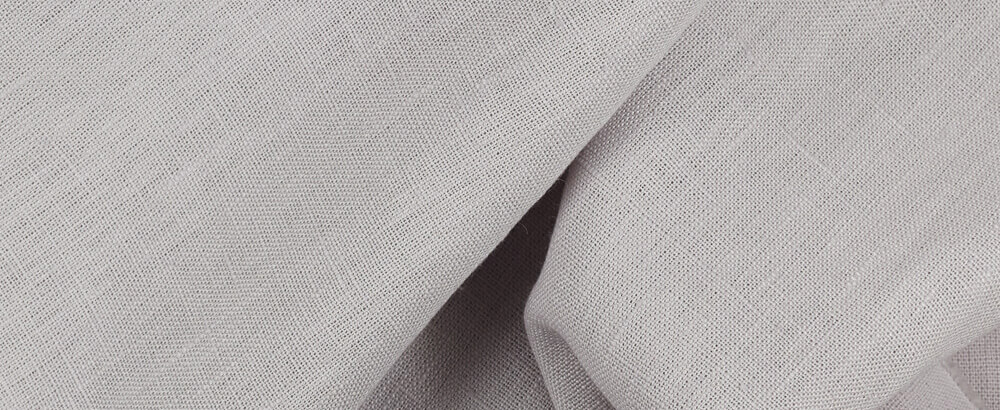
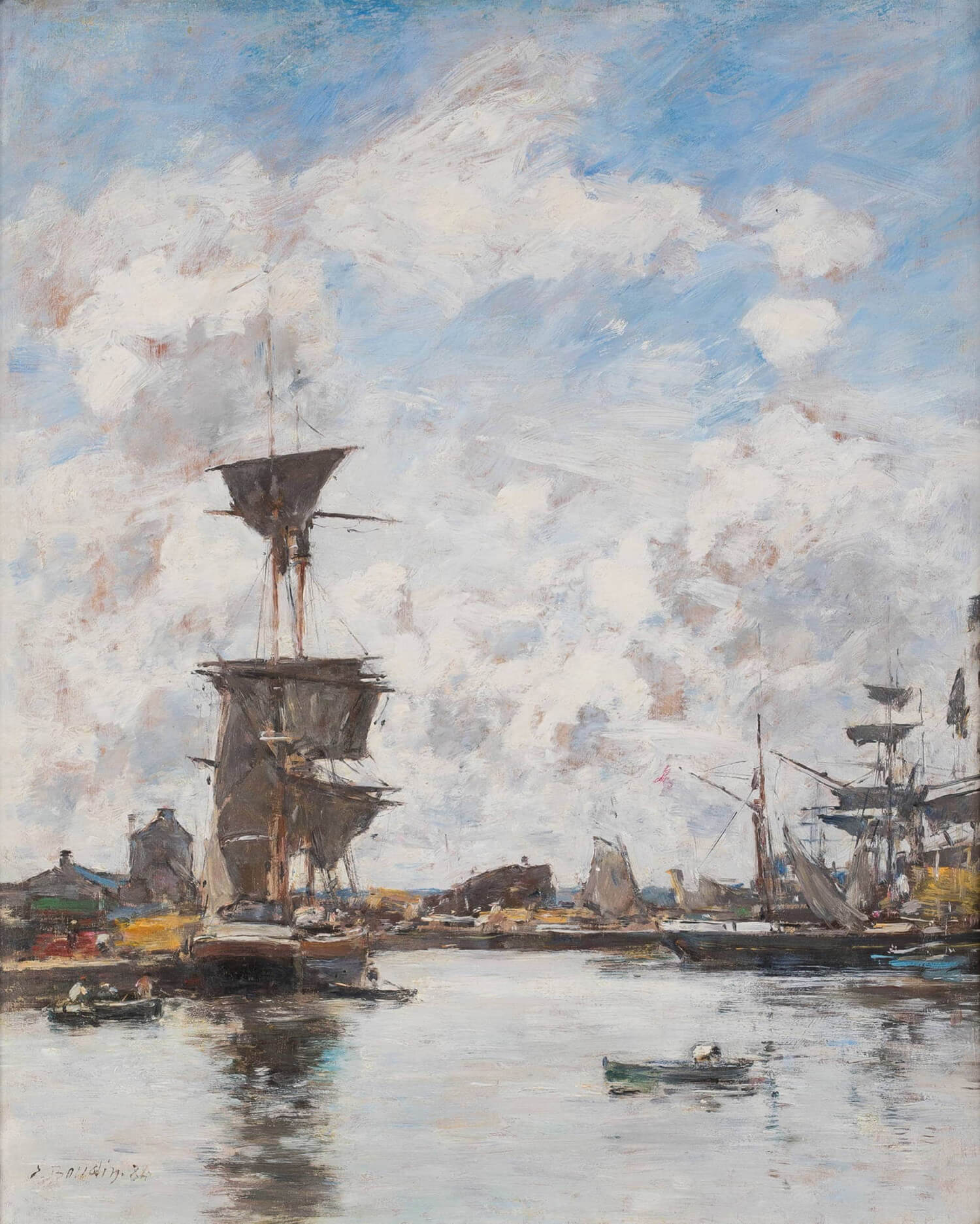

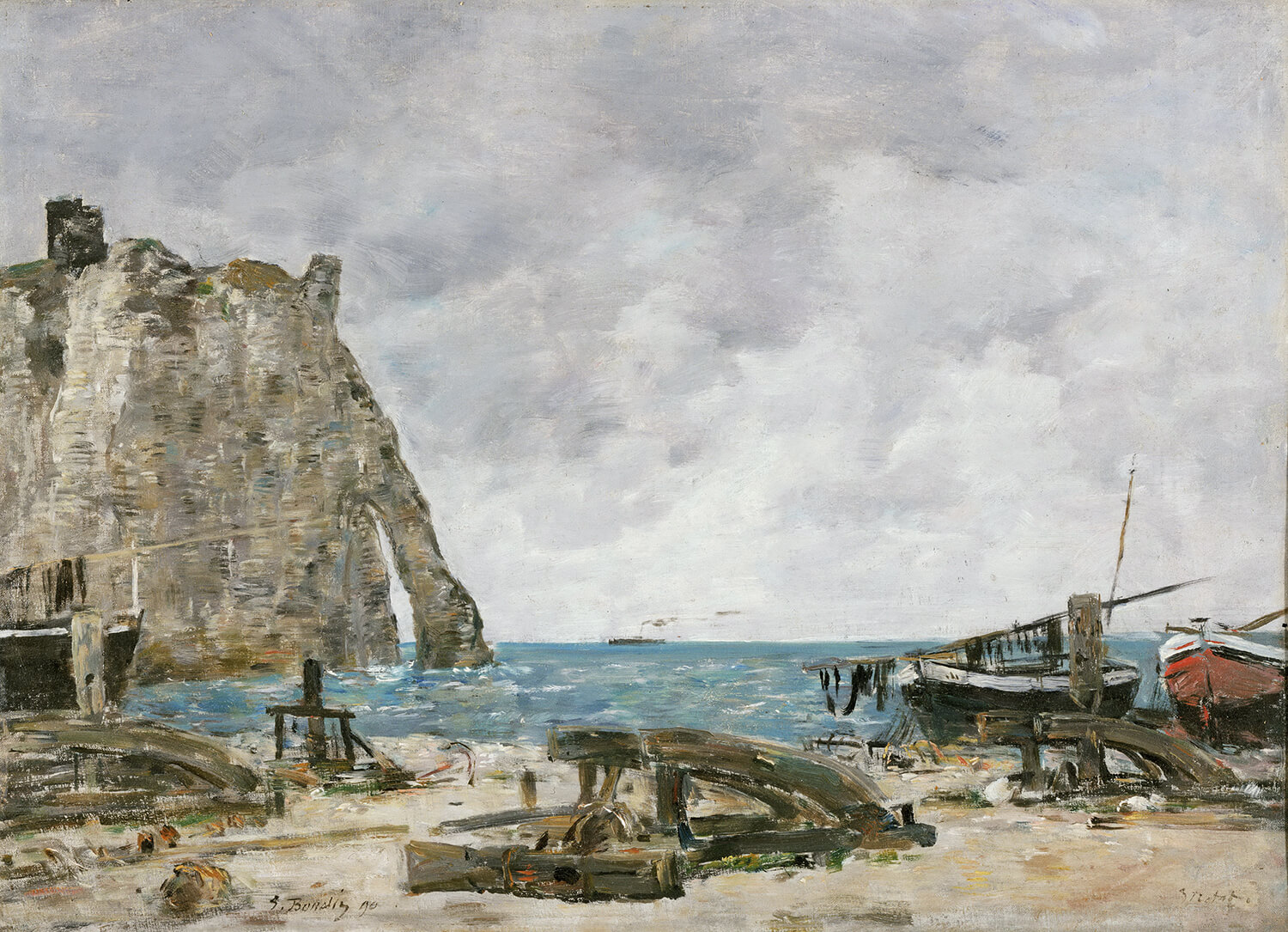
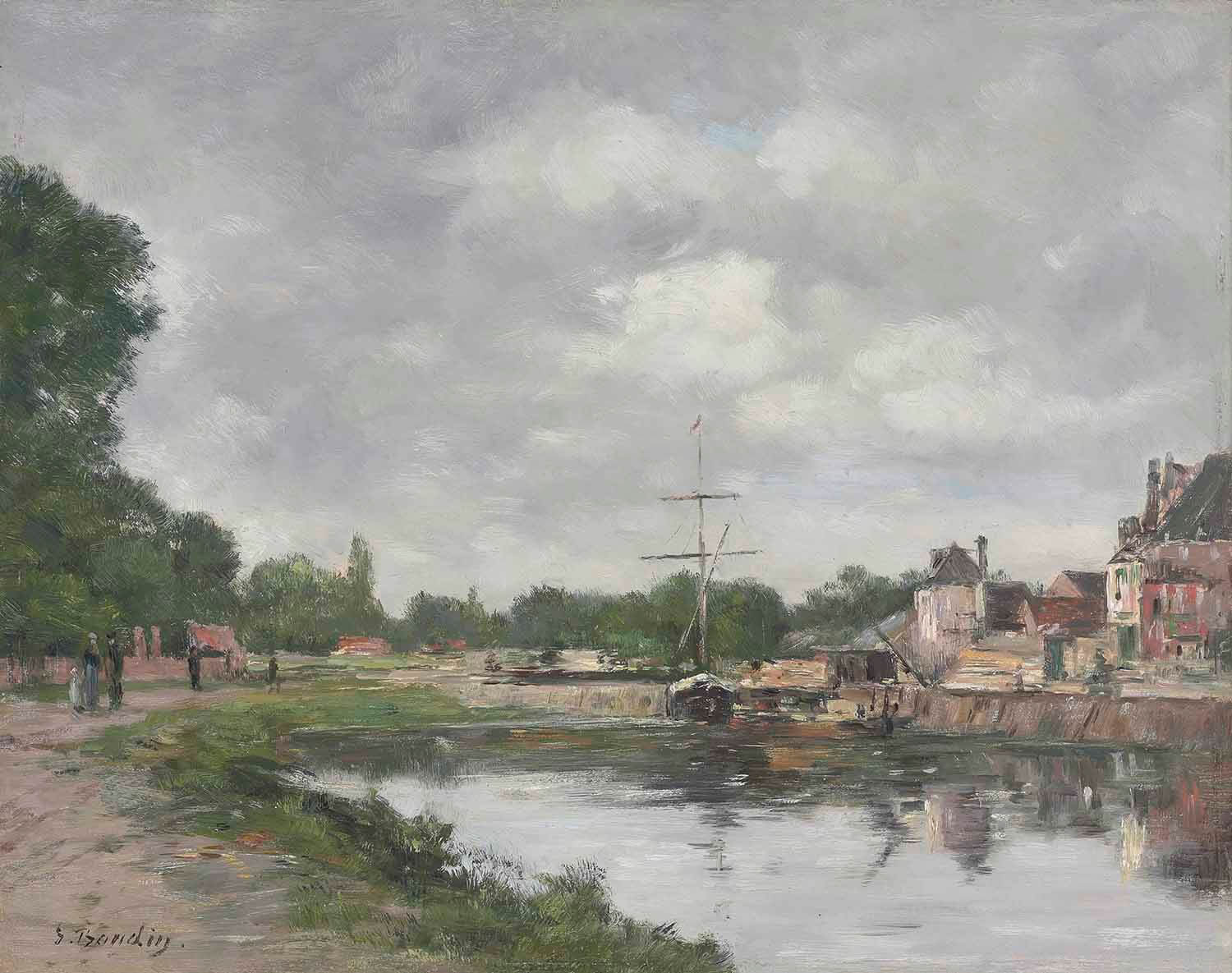




















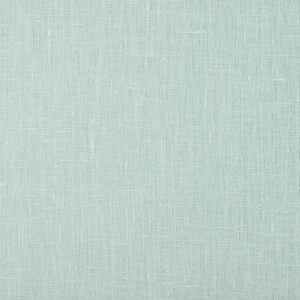


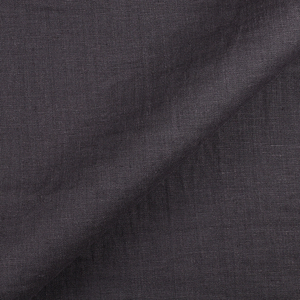



















Leave a comment